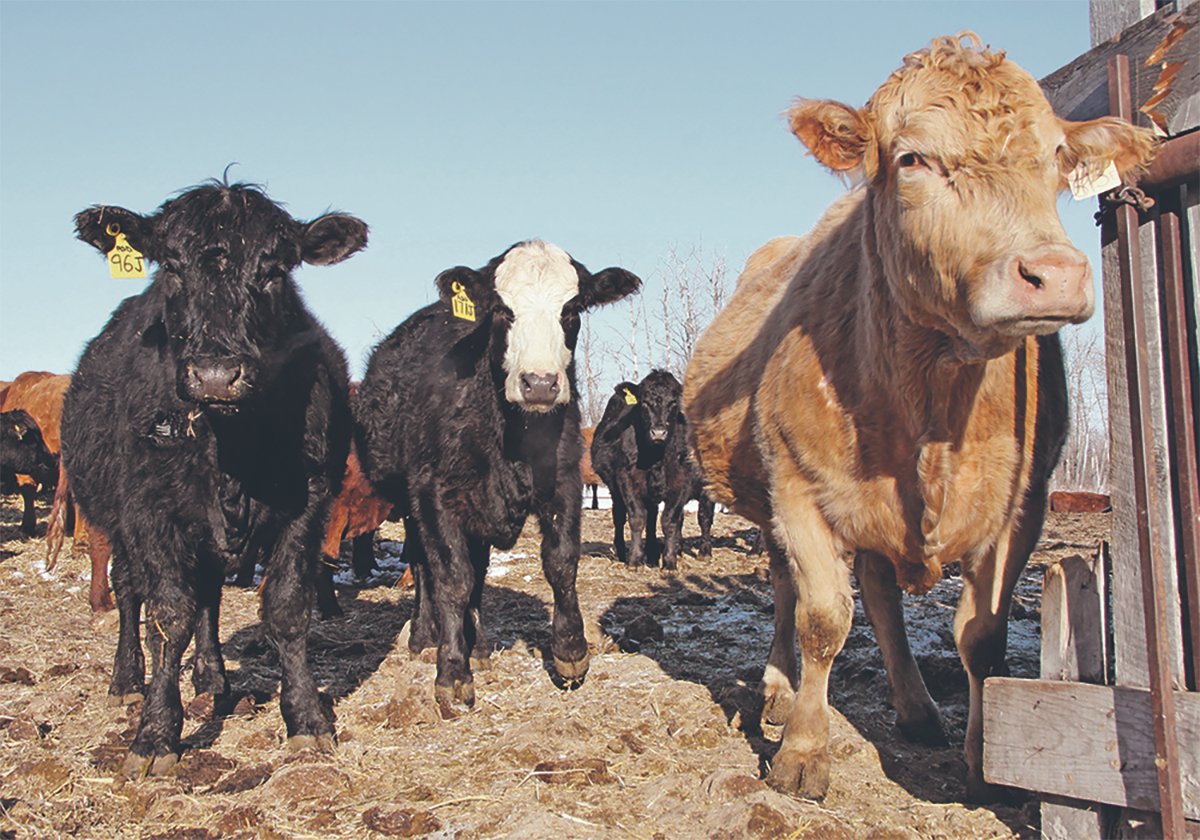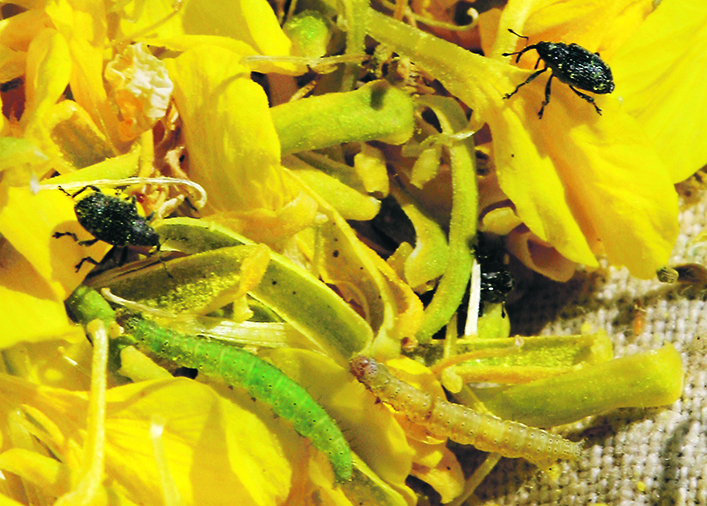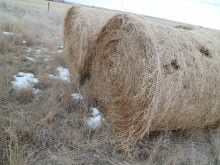Flea beetles were most significant problem in the province, and cabbage seedpod weevils also made themselves known
This year will be remembered for many things, but a plague of insects isn’t one of them.
“It wasn’t an insect year,” entomologist and assistant University of Alberta professor Boyd Mori said about 2020’s insect pressures in Alberta.
Flea beetle was the most troublesome pest. Both the striped and crucifer species were found in vast numbers across the province, with the striped species continuing to move southward as it has over the past several years.
“Both striped and crucifer continue to be an issue throughout our canola and throughout the province,” Mori reported during the Dec. 3 Farming Smarter conference.
Read Also

Livestock inspection costs increase in Saskatchewan
The Sept. 1 50-cent increase to livestock inspection fees may seem like another hit when everything is going up, but the chief executive officer of Livestock Services of Saskatchewan said producers should consider the value they receive in return.
Cabbage seedpod weevil was also a factor, though infestation was not as bad as in some years, said Mori. The Lethbridge area was the only place where spraying was needed.
Fields that are first to flower are the ones most commonly sprayed because cabbage seedpod weevils overwinter as adults, initially feed on cruciferous weeds and then move into flowering fields. As more fields come into flower, pressure on any one field tends to ease.
Mori said Alberta’s Peace region appears to be at the tail end of a bertha armyworm outbreak. Few of these pests were found elsewhere in the province within this crop year. Analysis of traps in the Red Deer region showed a moderate number, suggesting higher risk in the coming year.
Some spraying for bertha was reported this year in seed potatoes and fababeans in the Edmonton area.
Diamond-backed moths were not a factor in 2020 but wireworms continued to damage cereal crops. Mori suggested farmers who suspect wireworms should use bait balls this spring, before seeding, to confirm their presence and make decisions from there.
Orange blossom wheat midge appeared in central Alberta this year, where conditions were moist and the crop was susceptible to damage. Mori said surveys conducted by insect survey technologist Shelley Barkley suggest numbers are increasing in that region, extending east to the Saskatchewan border.
Wheat stem sawfly was a problem particularly in the County of 40 Mile, where some crops were heavily damaged. Mori suggested farmers in that southern region consider planting solid or semi-solid stemmed varieties next year.
Pea leaf weevil, which used to be primarily a southern Alberta problem, has now appeared in the Peace region around Falher and has also raised its ugly head in the Edmonton region. Risk maps will be available in early January, said Mori. Seed treatments are available to combat this pest.
As for grasshoppers, “we didn’t really have big grasshopper issues,” he said. Some fields near Lethbridge were sprayed but other areas reported few issues.
Mori also reported on ongoing work regarding insecticide resistance in alfalfa weevil. Resistance to common treatments was first noticed in the Rosemary area in 2015 and has also been identified since then in the Vauxhall region.



















